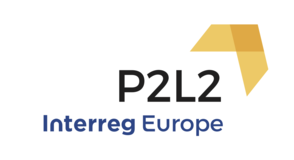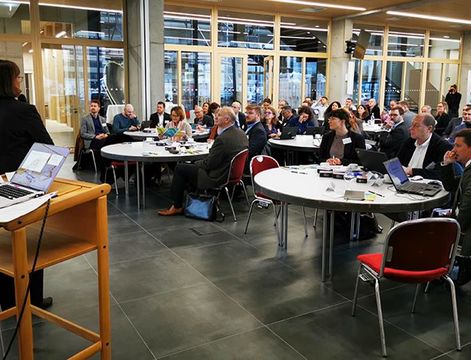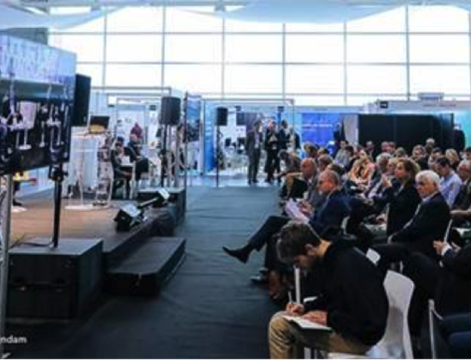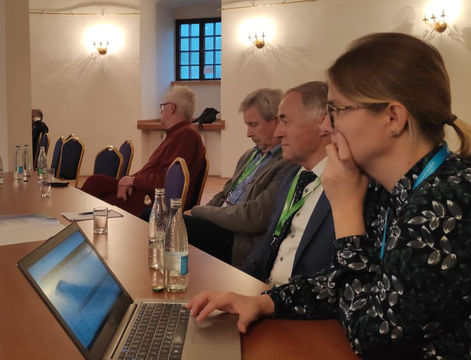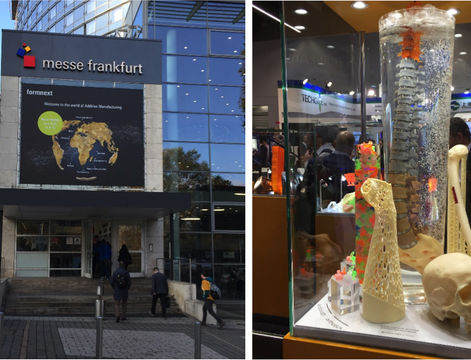On the 15th of April 2019, the Lithuanian P2L2 project’s partners have participated and presented the results of monitoring of the Regional Action Plan implementation. This was done in the P2L2 project’s steering meeting, which took place in Rzeszow. The main representatives of the project for the Lithuanian Region are the Agency for Science, Innovation and Technology (MITA) and Research and Higher Education Monitoring and Analysis Centre (MOSTA).
The Lithuanian Action Plan includes six main action steps with the final goal of providing recommendations based on experiences of the P2L2 project in order to improve the “Innovation Vouchers’” or Innovouchers policy instrument implemented in Lithuanian Region. Those steps include such actions like a review of the funding schemes; abolition of the pre-defined list of R&D services; improvement of the application submission and evaluation procedure; introducing continuous call for application; lengthening of the duration of projects up to 24 months; and the possibility to submit and administer the application using DMS and SFMIS. The main idea and vision of the Lithuanian action plan is to increase productivity of Lithuanian SMEs, as well as the number of employees and turnover, and significantly increase private sector spending on R&D. The biggest part of the Lithuanian Action Plan has been implemented and the renewed Innovouchers policy instrument was launched on the 27th of April 2018. For monitoring of the action plan, 7 main indicators have been analysed:
- Increased share of private investments;
- Increased share of projects submitted for experimental activities (TRL6-9);
- Success ratio (selected projects vs applications);
- Share of SMEs that received funding through Innovouchers executing other R&D activities;
- Smaller share of projects that requires extending the time for the project implementation;
- Reduced time for reporting on project implementation;
- Number of processes that became electronic.
The indicators for (#1) share of private investments, (#3) success ratio (selected projects vs applications) and (#7) number of electronic processes have almost achieved their target rate. While (#4) share of SMEs that received funding through Innovouchers, (#5) share of projects that requires extending the time and (#6) reduced time for reporting on project implementation are too early to evaluate. The only indicator, which looks like it will not achieve the target ratio is (#2) increased share of projects submitted for experimental activities (TRL6-9). The reason of the decrease of submitted projects for experimental activities could be due to increased financial contribution of companies.

The results of the full Lithuanian region action plan monitoring can be presented on the Final P2L2 project’s event in Bremen on 18th of November 2019.
